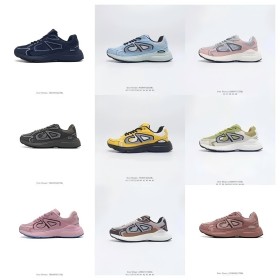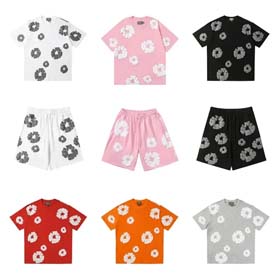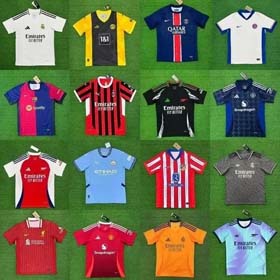Analyzing Sugargoo Quality Control with Spreadsheets
2025-06-04
Introduction
Sugargoo, a popular shopping and shipping agent in the replica and fashion community, is known for its ability to source products directly from sellers in China. A critical aspect of the service is quality control (QC) – ensuring the received items match the buyer's expectations before shipment. Many users rely on spreadsheets to track, analyze, and improve QC inspections.
Why Use Spreadsheets for QC Analysis?
Spreadsheets (such as Microsoft Excel or Google Sheets) provide an organized, accessible way to:
- Track Defects:
- Compute QC Pass Rates:
- Visualize Trends:
- Improve Decision-Making:
- Compute QC Pass Rates:
Key Spreadsheet Features for QC
| Function | Purpose |
|---|---|
| Filtering/Sorting | Organize data by item, flaw type, or seller. |
| Conditional Formatting | Highlight recurring issues in red/green. |
| Pivot Tables | Summarize flaw categories by frequency. |
| Charts | Display trends (e.g., defect rates over time). |
Example: Setting Up a QC Spreadsheet
- Column Headers:
- Data Input:
- Statistics:=COUNTIF
- Visual Output:
- Data Input:
Apps like Google Sheets allow teams to collaborate by adding agent notes in real-time.
Challenges and Limitations
While powerful, spreadsheets require manual updates and may not reflect real-time QC changes. Automation via APIs (if Sugargoo provides them) could enhance accuracy for power users.



















